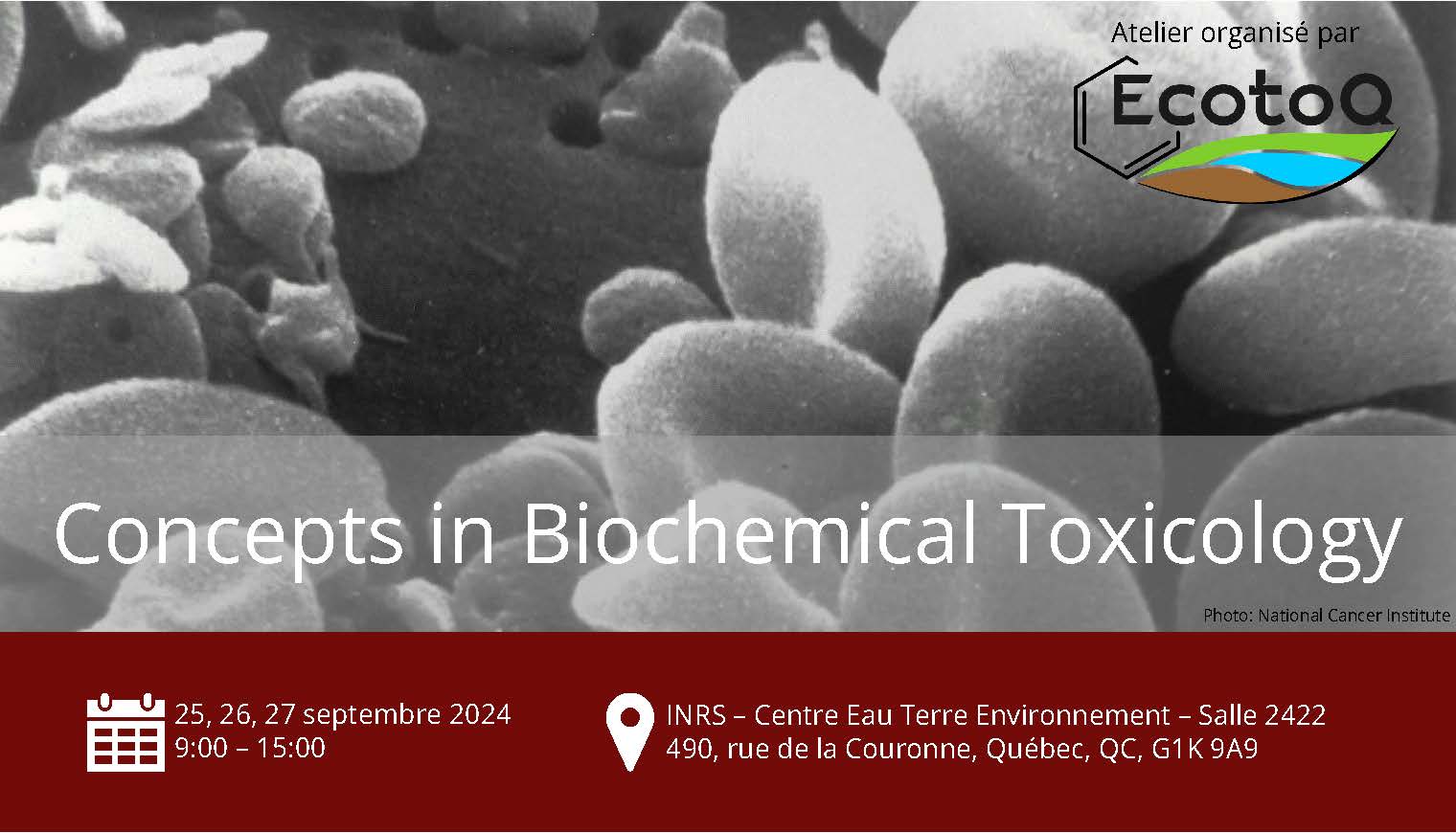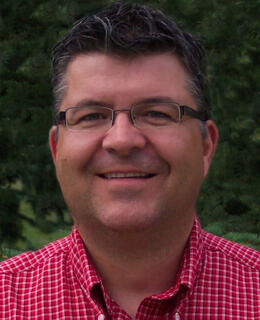
Published July 17 2024
The next EcotoQ training workshop is already planned. Save the dates from September 25 to 27 2024 to assist to three training days with Pr Jürgen Gailer, from the University of Calgary.
The training will follow the theme « Concepts in Biochemical Toxicology » and will take place atCentre Eau Terre Environnement of INRS, in hybrid mode
Workshop Schedule

Courses description
Inorganic Chemistry Life
To start of, the first workshop will discuss life co-evolution with chemical elements. It will be about the biochemical role of essential elements in the organisms and dyshomeostasis of the essential elements and associated diseases.
Introduction to the Toxicology of Metals
Exposure will be central to the second workshop: we will talk about exposure to toxic metals and metalloids species and assessing human exposure. Pr Gailer will complete the workshop with the dose-response problem.
Probing toxic metal(oid) species exposure-disease relationships
This session will be all about some important questions. What is the status quo? Which environmental factors can cause diseases? How can chemistry provide insight?
Introduction to Metallomics
Inception of idea and concept. Researchers develop metallomics tools and the current advantages and limits of these tools are discussed.
Probing toxic Metal(loid) species at the blood plasma - red blood cell - organ nexus I II
We will discuss the AsIII-SeIV antagonism and delivery of CH3Hg+ to the blood-brain-barrier as well as essential notions to know how to get started.
Lastly, you will be trained on the role of human serum albumin as a chaperone for toxic metal and metalloids, the ternary interactions between Hg2+ and Cd2+ bound to HSA with small molecular weight thiols, and the interaction of metalloproteins released from red blood cells with plasma proteins.
The Speaker

Pr Jürgen Gailer, University of Calgary
Pr Jürgen Gailer is a professor at the University of Calgary since 2004. He specializes in metallomics and environmental toxicology. His main research aim is to explain the bioorganic mechanisms that links the exposure to toxic metals and metalloids to negative health effects. Among his projects, he develops innovative analytical instrumentation methods to better understand toxicologic interactions between metal species and biomocules in the blood.
